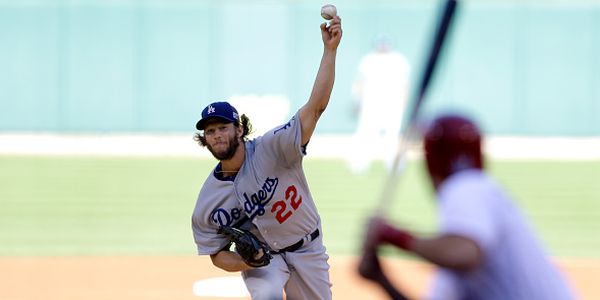2015 Fantasy Baseball: The MLB DFS Glossary

It is the best of times. It is the worst of times. That little play off of some Charles Dickens is super fitting for this time of year. March Madness, the stretch run for both the NBA and the NHL, and yes, baseball is approaching. We are only three weeks away from the beginning of the MLB season, and I wanted to begin preparing you guys for the start of the MLB DFS season.
This piece, the first of the DFS primers I’ll throw at you, is going to focus on a few important aspects of MLB DFS that need to be acknowledged from novice to expert. Unlike many of the other major sports, baseball presents us with a lot of numbers and statistical categories that we can try to use to accurately predict performances on a nightly basis.
Some of those stats might be ones you have never heard of. Welcome to the MLB DFS Glossary. Feel free to bookmark this piece as these terms will come up throughout the entirety of the MLB season, which, in case you didn’t know, is a long time.
FIP: Fielding Independent Pitching
FIP is as simple as it sounds, minus a confusing formula that is used to calculate it. Luckily, we don’t have to do any calculating as sites like FanGraphs (A HUGE MLB DFS RESOURCE) provide us with the polished product. FIP, unlike ERA, takes out the things that a pitcher does not have control over. While ERA is one of the most fundamental statistics in baseball and will be something a lot of novice players look at in making their pitching picks on a daily basis, it’s not the best way to analyze a given pitchers performance and isn’t always going to give us an accurate indicator as to what is to come. FIP provides us with just a better sense of how a pitcher is truly performing.
ISO: Isolated Power
Power is fun. Home runs are fun. ISO, or isolated power, is a simple calculation (SLG-AVG) that gives us an idea of a player’s power. While simply noting a player’s home run and RBI total might give us an idea of how much he’s producing at the plate, ISO gives a better indication of just how “powerful” he might really be. ISO is something that will be referenced quite a bit, especially with reference to a player’s platoon splits (Left v. Right, Right v. Left). Keep in mind, league average is around .140, and ISO’s we want to target are .200 and above!
K/9: Strikeouts per Nine
This one is simple guys. K/9 is simply a pitcher’s ratio of strikeouts per nine innings. Strikeouts are a fairly predictive statistic in baseball, so we know that pitchers with better K/9 are more likely to strikeout more hitters per nine innings on any given day. Also, be aware that an opposing team’s K/9 might be referenced. In this instance, we’re most likely referencing how much an opposing team’s batters strikeout per nine innings. These teams become teams that we like to pick on with pitchers, especially those pitchers with good K/9 ratios.
wOBA: Weighted On-Base Average
wOBA is a step or two above the novice player’s glance into OBP or AVG. It focuses on the fact that each on-base action (walk, single, double, etc.) deserves a different weight, much like a test might carry more weight than a quiz in college (hooray college!). With the weighting system, we can gain a better idea of a “true” combination of SLG, OBP and AVG. League average runs around .320, but we want to be able to focus on wOBA matchups that result in something around or above .375.
wRC: Weighted Runs Created (Also can use wRC+, although averages change)
This is another complicated statistic that measures a player’s value in runs created as compared to the league average also taking into account park factors. Don’t worry about how it’s calculated, but focus on how it can help us as DFS players. We can look to exploit a matchup by finding players with statistically significant wRC (those that fall in the 90+ range). Once again, this is a stat we can compare with platoon splits . An average wRC is around 65 and anything from 90 and above is something we should keep our eye on.
Remember, these are just a few of the most important statistics that we can use as MLB DFS players to separate ourselves from the pack. Don’t get caught relying on AVG and ERA when we can gain a better understanding by diving into some of the newer, more complex analytical tools. Credit FanGraphs for all the great information on these statistics. If you’d like even more information on them, you can find it on their website; you’ll want to bookmark it!





